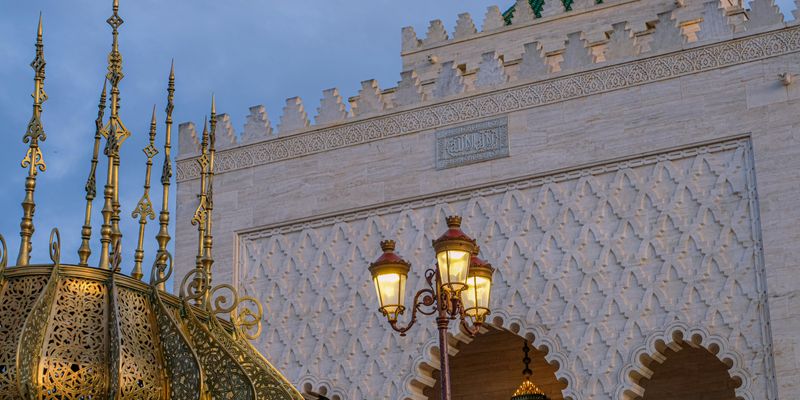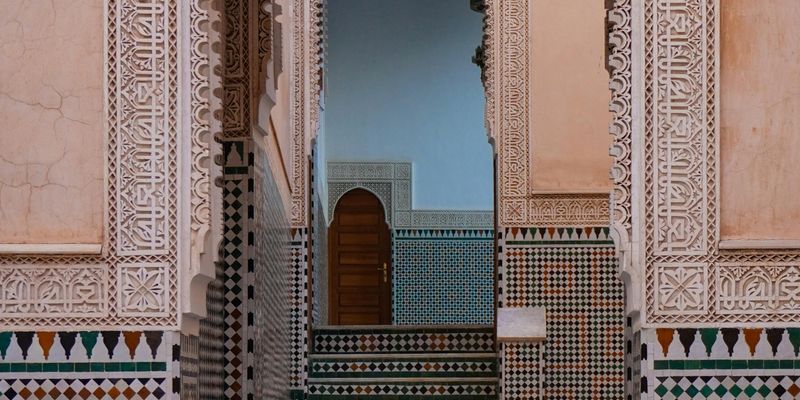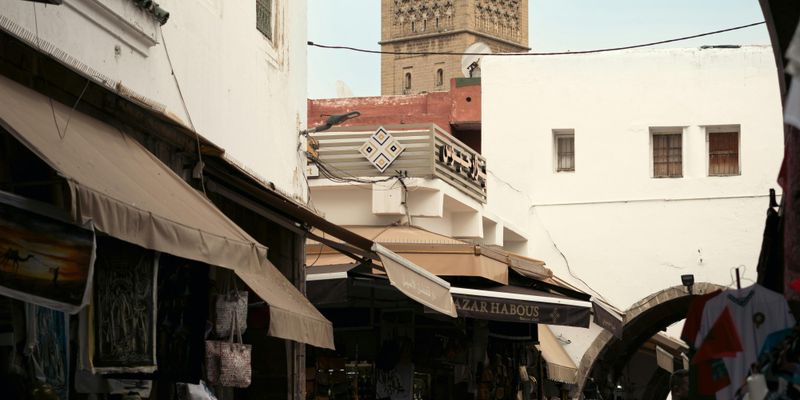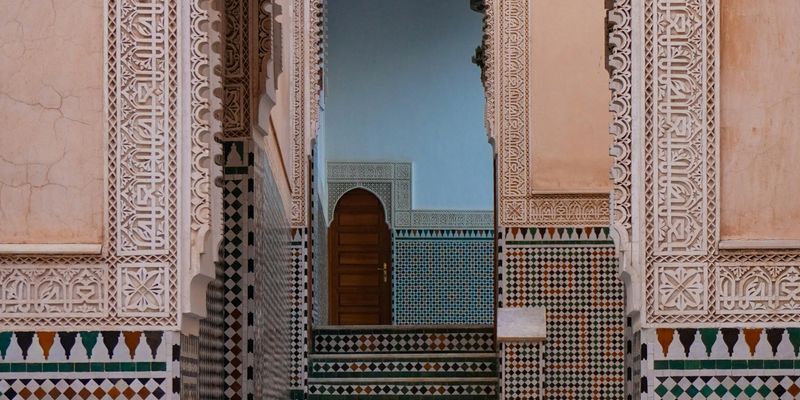
Welcome to the World of Moroccan Cuisine
When you think of Morocco, your mind may conjure images of stunning landscapes, bustling souks, and timeless architecture. But one hidden gem that truly encapsulates the heart and soul of Morocco lies in its cuisine. As a vibrant tapestry of flavors, traditions, and cultural influences, Moroccan cuisine is nothing short of a festival for the senses. Join me as we explore the magnificent culinary journey that awaits you in this North African paradise.
A Fusion of Cultures
The essence of Morocco's culinary identity is its rich history, shaped by various cultures and civilizations. From the Berbers to the Arabs, Jews, and French, each group has left an indelible mark on the national palate. Take, for example, the iconic tagine. This slow-cooked stew, often made with chicken, lamb, or vegetables, is named after the earthenware pot it's cooked in. The pot’s conical lid helps to lock in flavor and moisture, making every dish a succulent masterpiece.
Spices: The Heart of Flavor
One of the key features of Moroccan cuisine is its use of spices, which are often referred to as “mbarka” in local dialect. The moment you walk into a Moroccan kitchen or market, you are enveloped by the intoxicating aromas of cumin, coriander, saffron, and paprika, to name just a few. Each spice tells a story, enhancing the flavor and character of the dishes.
For example, the beloved couscous – a staple in Moroccan homes – is often seasoned with a blend known as ras el hanout, a complex mix that can contain up to 30 different spices. This golden grain, steamed to fluffy perfection, is traditionally served with a hearty stew, making for a beautifully balanced meal.
Celebrations and Shared Meals
Food in Morocco is more than just sustenance; it is an integral part of hospitality and social gatherings. Whether it's a family feast during Ramadan or a casual meal shared with friends, the act of breaking bread together symbolizes connection and community. Traditional Moroccan meals often begin with a warm harira, a flavorful soup made with tomatoes, lentils, chickpeas, and meat, especially during the holy month of Ramadan.
When invited to someone's home, you may be ushered in with a glass of sweet mint tea, known as atay. The preparation and serving of this tea is an art form in itself! As the tea is poured from a height into small glasses, the ritual fosters a sense of friendship and acceptance.
Must-Try Dishes
While every Moroccan dish is a culinary delight, a few stand out as must-tries:
- Tagine: A slow-cooked stew with numerous variations, each as delicious as the next. Don't miss the tagine with apricots and almonds – a beautiful blend of savory and sweet.
- Couscous: Often served on Fridays, it is immensely comforting when topped with tender meats and vegetables. You won't forget the first fluffy bite!
- B'stilla: A savory pastry filled with pigeon (or chicken), almonds, and spices, dusted with powdered sugar and cinnamon. It’s a delightful contrast of flavors and textures.
- Mint tea: As mentioned earlier, this sweet and aromatic beverage is a staple, perfect for any time of the day.
A Culinary Adventure Awaits
Exploring Moroccan cuisine is not just about the food; it’s about indulging in the stories, traditions, and bonds that come with every meal. Whether you're strolling through the vibrant markets of Marrakech or sharing a meal with locals in a humble riad, each culinary experience is an opportunity to connect deeper with Moroccan culture and people.
So, if you find yourself in Morocco, don’t just eat; celebrate! Embrace the flavors, savor the aromas, and immerse yourself in the culinary heritage that makes Morocco a feast for the senses. Join the festival of flavors that you truly can’t miss!







